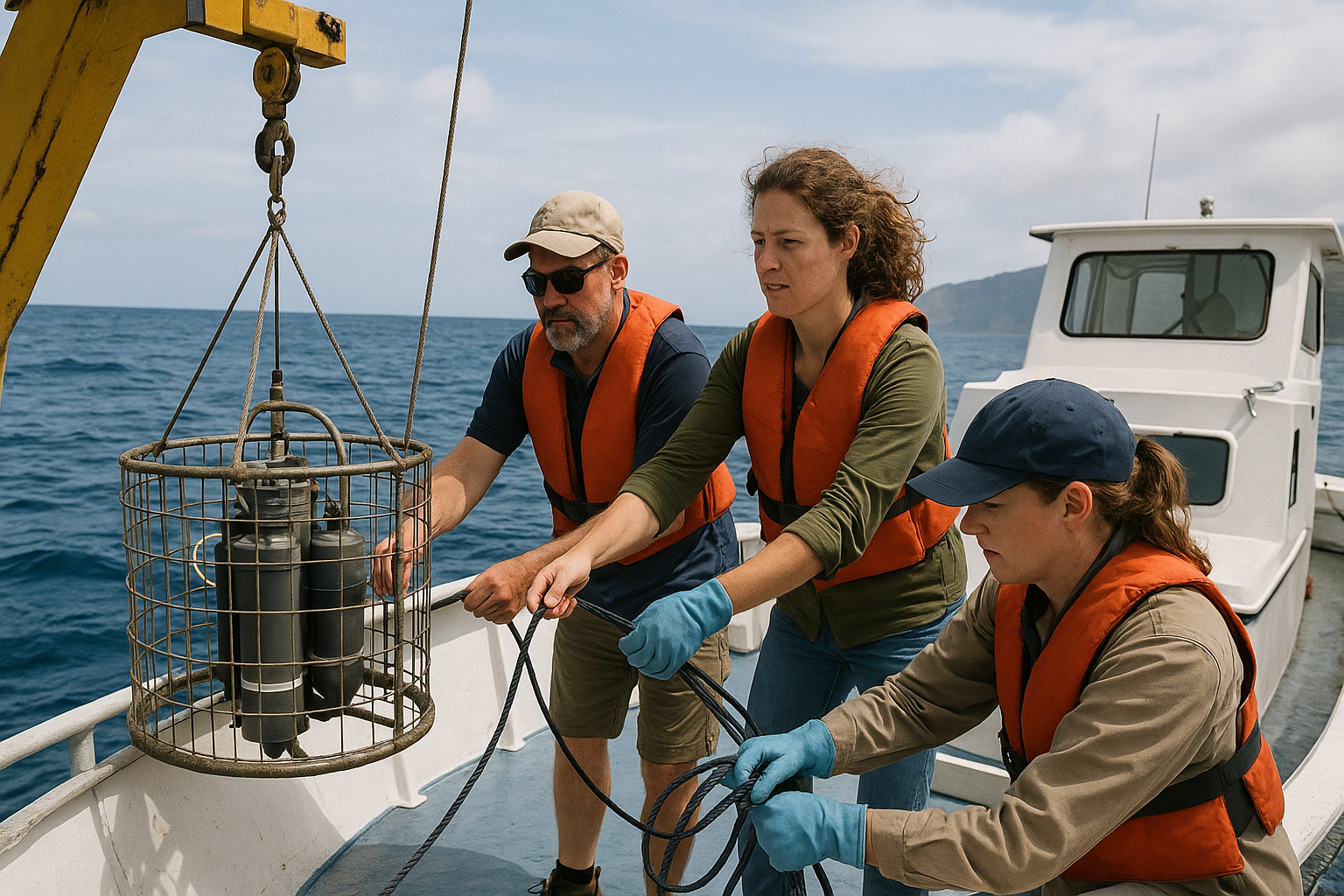Financing the Future of CMAR: A Roadmap for Sustainable Marine Conservation
The World Bank report outlines a financing strategy to support the newly established permanent Secretariat of the Eastern Tropical Pacific Marine Corridor (CMAR) and its 2025–2035 Action Plan. It emphasizes innovative funding tools and the economic value of ecosystem services to ensure long-term marine conservation across Ecuador, Colombia, Costa Rica, and Panama.

The Eastern Tropical Pacific Marine Conservation Corridor (CMAR) stands as one of the world’s most ecologically significant marine regions, spanning over 500,000 square kilometers across the ocean territories of Ecuador, Costa Rica, Colombia, and Panama. Since its creation under the San Jose Declaration in 2004, CMAR has united these nations under a voluntary framework to protect shared marine resources. With support from renowned research institutions such as the Latin American and Caribbean Environmental Economics Program (LACEEP), MigraMar, and the University of the Andes, the World Bank has produced a comprehensive financing and governance strategy to secure CMAR’s long-term future. This marine corridor, which includes four UNESCO World Heritage Sites, the Galapagos Marine Reserve, Cocos Island, Coiba, and Malpelo, hosts over 6,700 marine species and plays a vital role in regional food security, climate regulation, and economic activity for 37 million coastal residents.
From Rotating Chairs to Permanent Roots
For years, CMAR’s governance suffered from its rotating Secretariat, staffed temporarily by national officials from each member country. This model proved unstable, often disrupting continuity, eroding institutional knowledge, and limiting strategic coordination due to officials’ divided national responsibilities. Communication was fragmented, and without a unified public engagement strategy, the Secretariat struggled to build visibility or attract sustained funding. Most operational costs depended on philanthropic donations or the current chair country’s budget, leaving the institution vulnerable to shifting priorities and economic uncertainties. To address these structural weaknesses, the World Bank provided technical assistance in 2023–2024, culminating in the historic transformation of CMAR’s governance.
A key breakthrough came in 2024 when the CMAR Ministerial Committee, with World Bank support, established a permanent Secretariat in Panama City. The government of Panama committed to funding two staff positions, while the Bezos Earth Fund pledged to finance the other two for the first three years. This permanent structure, announced at the COP16 biodiversity summit, now ensures regional stability, stronger coordination, and dedicated human resources to lead conservation strategies across CMAR.
A New Action Plan and the Financing Mission Ahead
With its 2025–2035 Action Plan in development, CMAR is setting its sights on long-term conservation outcomes. The World Bank’s roadmap outlines a mix of financial instruments to fund the Action Plan’s rollout while simultaneously supporting the Secretariat’s expanded role. These mechanisms include public debt-for-nature swaps (a tool familiar to all CMAR countries), blue bonds, concessional loans, official development assistance (ODA), and project finance for permanence (PFP). Each of these options requires careful structuring, strong leadership, and robust technical documentation to justify investment and secure donor confidence. Some lesser-explored mechanisms, like environmental fines and taxes, may complement future strategies but were not emphasized in the current financial models.
To unlock these resources, CMAR must demonstrate the economic and ecological value of its marine assets. This is where natural capital data becomes crucial. At present, economic valuations have been conducted at the level of individual Marine Protected Areas (MPAs), but a corridor-wide assessment remains absent. Bridging this gap would allow member governments to advocate for funding with a compelling, data-driven narrative that integrates biodiversity, climate resilience, and community livelihoods.
Economic Value Hidden Beneath the Waves
The report sheds light on the immense, and often overlooked, economic potential embedded in CMAR’s natural ecosystems. For example, the Galapagos and Cocos Marine Protected Areas support deep-sea tuna fisheries worth approximately $155 million per year. In Galapagos alone, mangrove-related small-scale fisheries generate $245 per hectare annually. In Panama’s Coiba National Park, fishing provides nearly $7.4 million in local income and sustains hundreds of families.
The carbon storage value of mangroves in the Galapagos is equally compelling. Depending on whether one uses regional carbon market prices or the U.S. social cost of carbon, estimates range from $10.8 million to $84 million in value. Tourism, particularly wildlife-based tourism, contributes even more striking figures. Galapagos marine tourism generated $236 million for the local economy in 2014, and shark-related tourism alone yields up to $5.4 million per individual shark over its lifespan. Tourists to Colombia’s MPAs expressed willingness to pay higher fees for conservation benefits, and Coiba and Cocos Island visitors indicated potential for increased contributions as well.
Building the Knowledge and Capacity for a Sustainable Future
To effectively tap into these financial opportunities, the report underscores the need to build a robust knowledge base. Longitudinal studies on ecosystem health, blue carbon valuation, sustainable fisheries, and nature-based tourism must be conducted in partnership with universities and research centers. This would not only improve CMAR’s ability to attract finance but also shape smarter, evidence-based policies for ocean governance.
Moreover, the Secretariat must scale up its internal capacity, not just to manage conservation projects, but to lead proposal development, fundraising, financial monitoring, and regional advocacy. With adequate resources, the Secretariat could serve as the strategic hub of CMAR’s future, coordinating across nations, communities, and institutions to implement the 2025–2035 Action Plan.
CMAR is emerging from a decade of experimental governance into a new era of permanence, ambition, and accountability. Backed by World Bank guidance and global philanthropic support, it now faces the exciting challenge of transforming ecological capital into sustained financial investment. If successful, the Eastern Tropical Pacific could become not only a beacon of marine biodiversity but a flagship model of international cooperation in ocean conservation.
- FIRST PUBLISHED IN:
- Devdiscourse










